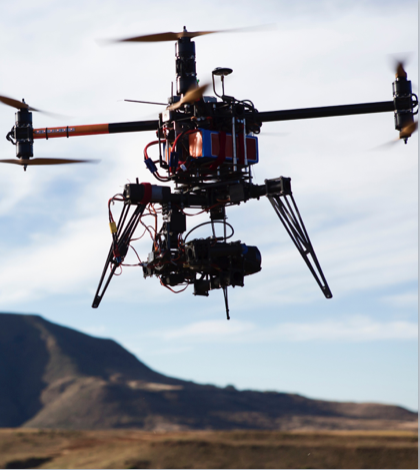Researchers at the Nottingham Trent University School of Architecture, Design and the Built Environment, located in the United Kingdom, has developed a new method of detecting leaky pipes. Researchers utilized high and low resolution infrared cameras on a drone to detect the leak. The leak is ultimately detected when the sand below the pipe changes in temperature, which happens when the surface evaporates.
Utilizing this technology allows water agencies to detect exactly where a leak has occurred, meaning repairs can be made sooner.
“What we are proposing is a non-contact and high-speed system that can be used remotely to detect changes in humidity over vast areas of desert,” said Professor Al-Habaibeh, who oversaw the study. “The early detection of leaks would enable water providers in arid countries like Libya to improve their operational efficiency, reduce the potential for the contamination of water and extend the life of facilities. This is a non destructive technology which would provide a cost-effective way of monitoring major pipelines to help avert the large-scale loss of treated and consumable water.”
 California Water News Daily Your Source For Water News in California
California Water News Daily Your Source For Water News in California


